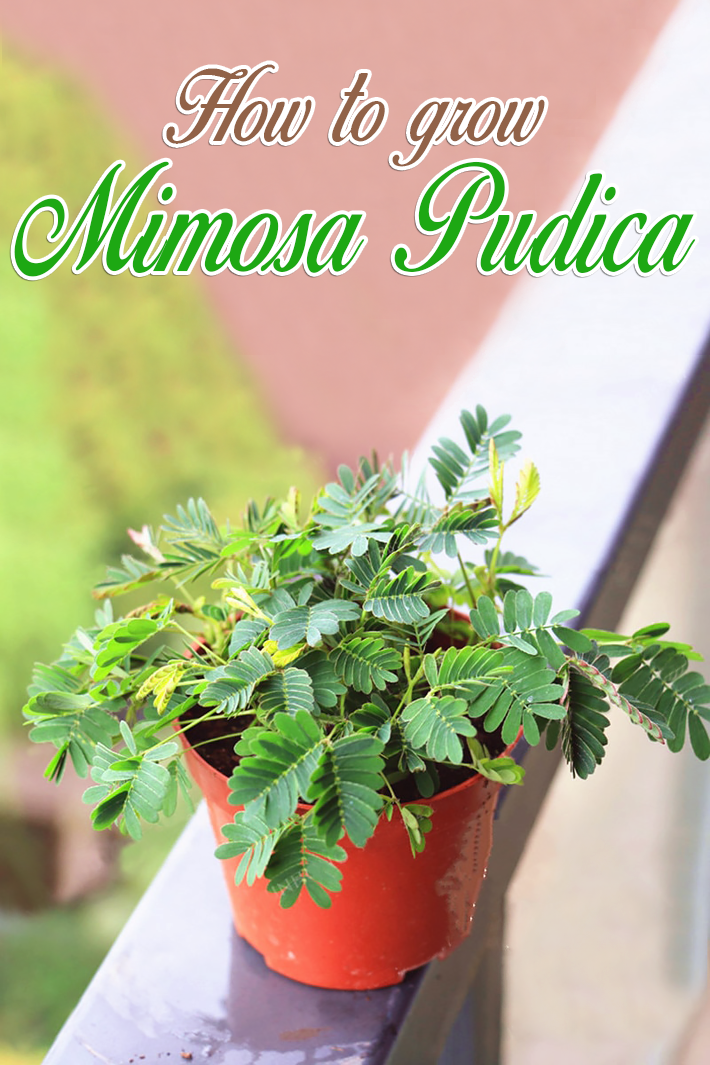
Mimosa pudica, also known as a sensitive plant, TickleMe Plant, touch-me-not, or shy plant, is grown as an ornamental plant in pots indoors as well as in the garden for its beautiful foliage that looks like fern and its flowers that looks like fluffy ball. The most interesting feature of mimosa pudica plant (sensitive plant) is its ability to fold the leaves when touched that’s why it is called ‘touch me not’.
Basically mimosa pudica is a tropical plant but in cold climate you can grow it in pot and keep it indoors in winter. Mimosa pudica closes it leaves at night and opens them again in the morning. The leaves also fold up if the plant is shaken or exposed to heat. In fact, high temperatures (75-85°F/24-29°C) may trigger the leaves to close. It only takes a few minutes, though, for the leaves to slowly unfold and the stems to straighten up. Although fun to watch, the opening and closing of the leaves weakens a Mimosa Pudica if it occurs too often. The feathery, fern-like leaves are made up of 25 pairs of tiny leaflets.
Growing sensitive plants is fairly easy if you start with a warm indoor space and plenty of seeds. Be careful: even though this is a tropical plant, it can invade gardens and fields in much cooler climates.
How to grow Mimosa Pudica
Choose a planting time. Plant Mimosa pudica seeds indoors in spring, at any time before the last frost. If you have growing lights and good temperature control, you may plant them indoors at any time of year.
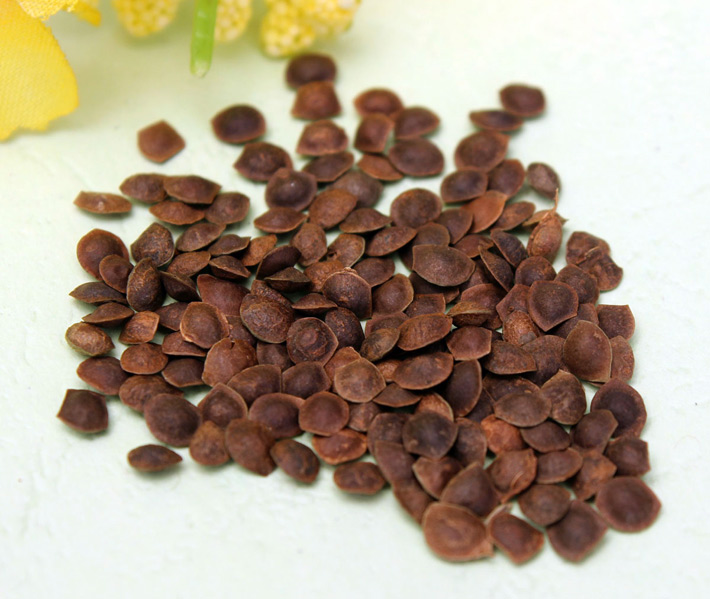
Purchase some seeds from a reputable grower. Take off the brown outer covering. Then you will have a greenish seed.
Scratch the surface of the seed to scarify it. Tweezers have worked well for this part, though it may be hard.
Prepare your potting mix. Mimosa pudica can grow in most well-drained soil. For best results, however, try a mix of loam and dry, aerating materials, such as two parts loam, two parts peat moss, and one part sand or perlite. If you don’t want to make your own mix, most all-purpose commercial potting mixes have similar ratios, and should work well enough.
Soak the seeds (optional). The seeds are more likely to germinate if you weaken the tough outer seed coat first. Soak the seeds in bowl of water for up to 24 hours if you want to play it safe. (You may let the water cool as the seeds soak.)
Plant two or three seeds in each small flower pot. Place each seed just barely below the surface of the soil, about 3mm (⅛ in.) down. It’s likely that most of your seeds won’t germinate, so these extra seeds will minimize wasted effort. You can start the seeds in a seed tray or in 7 centimeter (2.8 in) (3 in.) pots.
Water the soil. Water until the soil is slightly moist, but not soggy. Water again whenever the soil is about to dry out.
If you’re worried about getting the right amount of water, place the flowerpot in a shallow dish of water. Let sit ten minutes or until the top of the soil feels damp, then discard the excess water.
Provide plenty of sunlight. If sensitive plants do not get enough sun, they may close their leaves. Put them in a location where they receive full sun for most of the day, or partial shade if you live in a very hot region. In ideal conditions with temperatures around 70ºF (21ºC), the seeds may germinate in under a week. In less ideal conditions, or if you didn’t soak the seeds, this may take two to four weeks.
Some of your seeds may survive colder nighttime temperatures, but they may end up slow-growing or fragile. Never expose the seeds to frost. If the room is too cool or too dry, cover the pot with plastic wrap to trap heat and moisture. Remove this as soon as the first seedling appears.
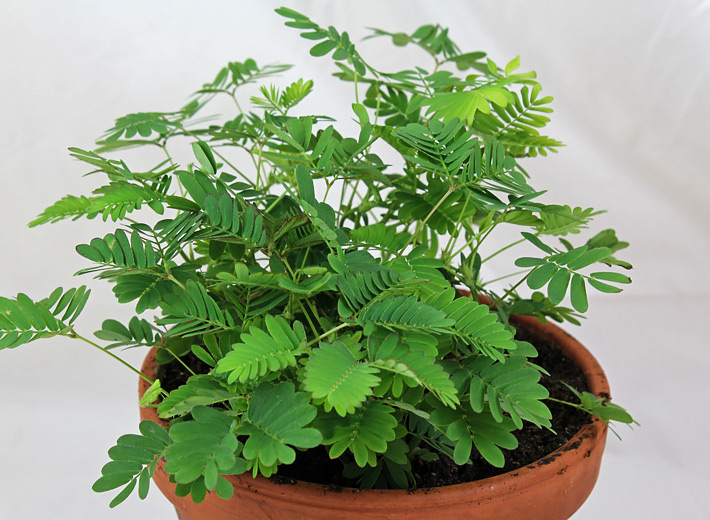
Mimosa Pudica Care
Transplant to other pots when necessary. If more than one seedling sprouts in the same pot, then snip the weakest seedlings with scissors. This will make room for the healthiest seedling. You can also transplant all of the seedlings into separate containers, but keep in mind that this is riskier. Once your plant reaches maturity, transplant it to a larger pot whenever the roots come out the drainage hole or press against the sides of the container.
Keep the soil moist. The soil should remain moist at all times, but never soggy. If the sensitive plant is in a dry room, mist it with water occasionally, or place it on a humidity tray.
Fertilize regularly. Dilute a balanced fertilizer to half the strength recommended on the label. Apply to the soil once a week during the growing season, and once a month during winter.
Protect against cold. Since it is a tropical plant, Mimosa pudica will grow best if nighttime temperatures are 70ºF (21ºC) or higher. If temperatures fall below 65ºF (18ºC), move the plant to a warmer room or keep the plant warm in other ways. Adult plants can survive temperatures as low as 40ºF (4.5 °C), but are at risk of damage or death. Keep an eye out for yellow leaves and stems, which are signs of possible cold damage.
Provide space for the plant to grow. It’s normal for the stem to fall over and creep along the ground once the plant matures. Provide a trellis or sturdy plant to support it, or allow enough horizontal space for it to grow. Some sensitive plants grow more than 1 meter (3 ft) high or 2 meters (6.6 ft) horizontally, but in temperate zones they will more likely reach half this size.
Flowering: A Mimosa pudica produces small, pink, powder-puff like flowers in the summer. When kept indoors as a houseplant, a Mimosa pudica may never bloom but its leaves will still open and close.
Watch its lifespan. Mimosa pudica can survive for at least two years in tropical climates, but are usually annual plants in temperate zones. Even if your plant survives after its first bloom (usually in summer), you may have better results letting it die and collecting its seeds for next spring.
To collect seeds, let the pods dry on the plant, then break them open and collect the seeds.
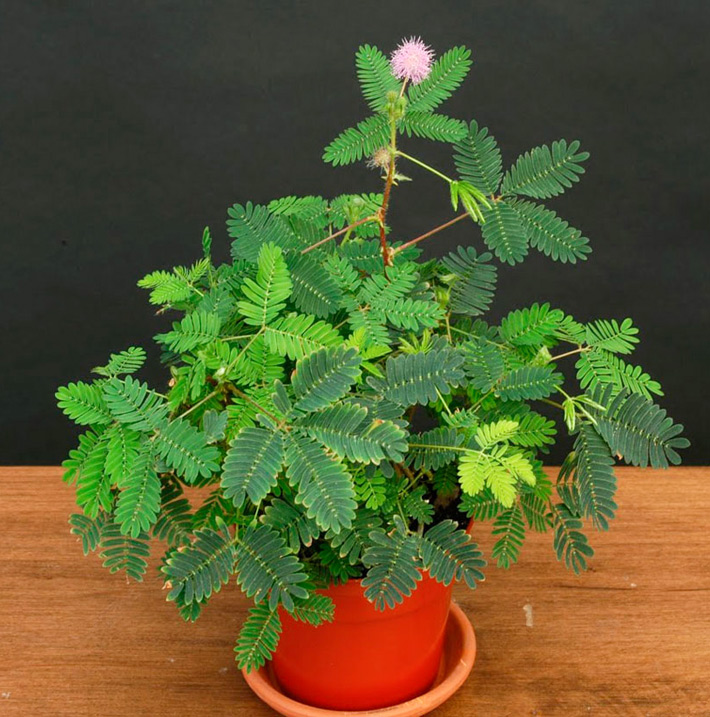
You can also propagate Mimosa pudica by taking cuttings. Cut a branch that has one leaf node and plant it in the peat moss and perlite planting medium. Place a plastic bag or plastic wrap over the top of the sensitive plant and the plant container in order to keep the air around the plant humid.
Pests and Diseases: Avoid excess watering otherwise your plant will suffer from root rot. Some fungal diseases also affect it when the weather is particularly wet, such as Pyrethrum Blight and Fusarium. Mimosa Pudica can also be attacked by aphids and scales.
Poisonous plant info: Mimosa Pudica has a level #4 toxicity and is a very poisonous houseplant. Always wash your hands with soapy water after touching the leaves of a Mimosa pudica.

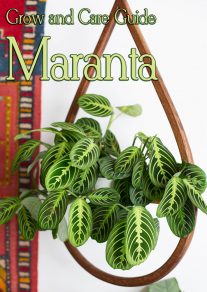
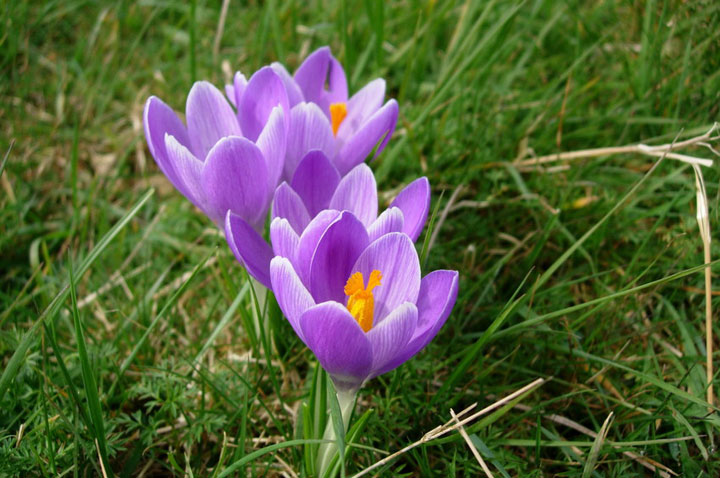
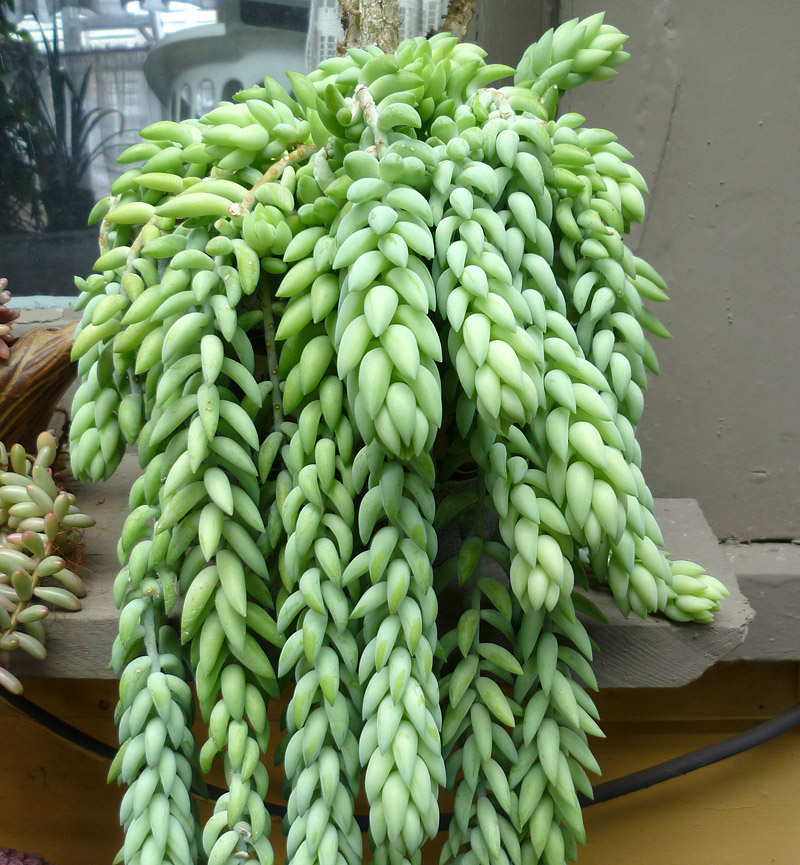
Leave a Reply